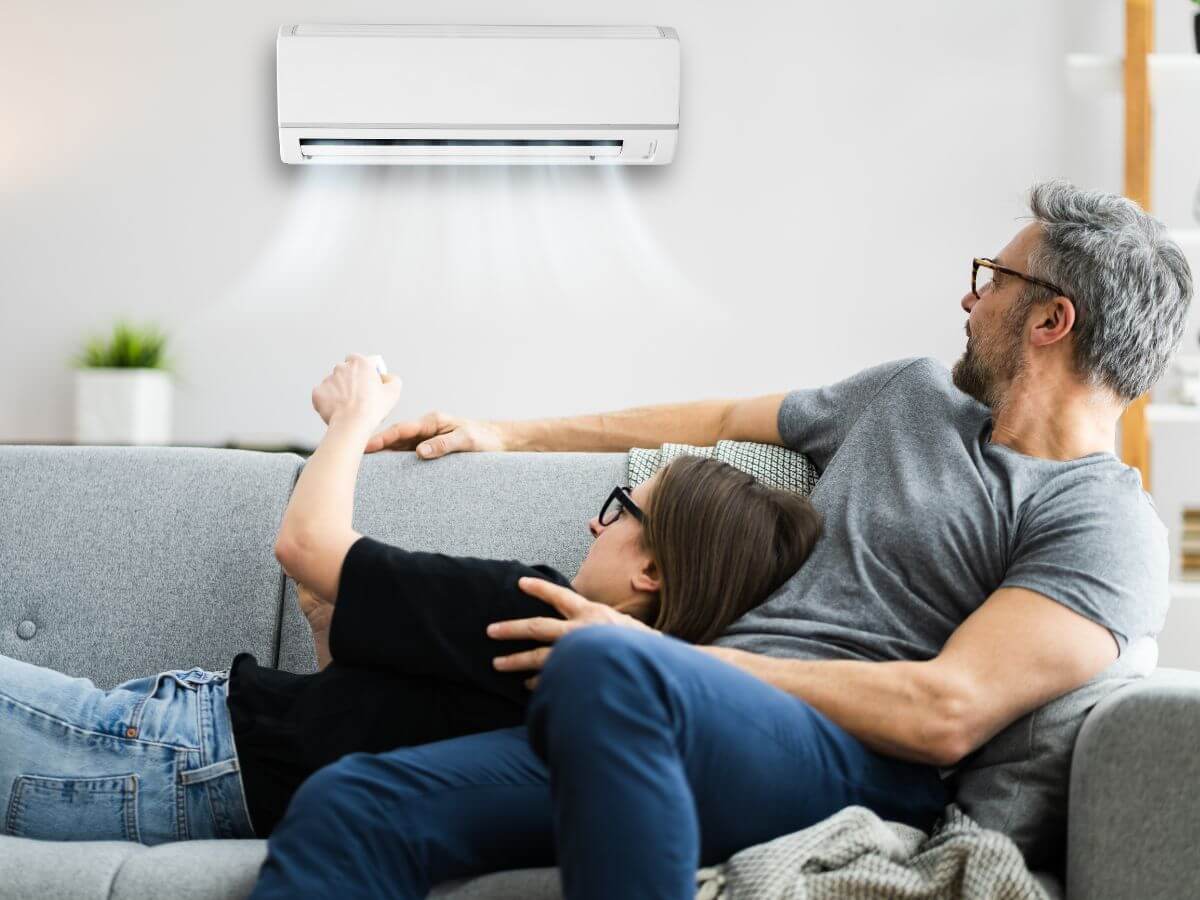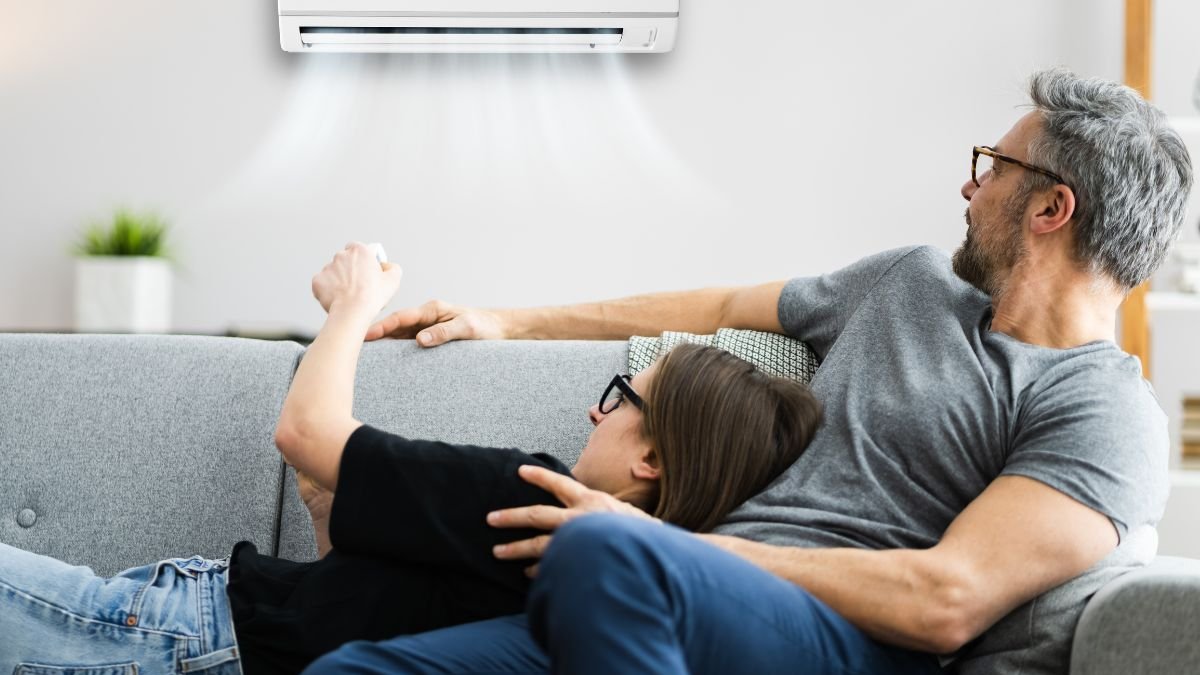
There’s lots of debate about the best temperature settings for air conditioners. Brisbane air conditioning technicians are often asked about optimal temperatures, but there’s no simple answer to this question. Ultimately, the best temperature setting is the one that makes you comfortable, but it’s also important to keep an eye on your power bills. Air conditioners use lots of energy when cooling or heating, and that can lead to serious bill shock at the end of the quarter. In this article we’ll be discussing the best air conditioning temperature settings throughout the year and how you can save money on your power bill.
Best Air Conditioning Temperature for Summer
As summer rolls around, many of us reach for the air conditioning thermostat to stay cool. It’s no secret that the temperature setting you choose can have a big impact on both your comfort and your energy bill. If you want to stay cool without sending your power consumption through the roof, set your air conditioning to 23C to 25C during the summer. This range is more than enough to help you regulate your body temperature, but it won’t cause your air conditioner to work hard all day trying to keep up. Remember, the lower you set the thermostat, the more energy your air conditioner consumes trying to reach that temperature. This will impact your power bills and shorten the lifespan of your air conditioner.
If you want to make the most of your air conditioner then there are a few other things you can do to help manage your power bills during summer:
- Close curtains to prevent sunlight from heating up your house
- Use weather stripping and caulk to seal air gaps around doors and windows
- Turn on ceiling fans to circulate cool air from your air conditioner
- Run your air conditioner while the day is still cool to prevent it from working too hard during the hottest parts of the day
- Use smart sleep modes and energy-saving settings
- Turn the air conditioning off and rely on cross-ventilation during mornings and nights
Best Air Conditioner Setting for Winter
Heating your home during winter can be a major expense. While reverse cycle air conditioners do a great job of heating a space, they consume lots of energy to do so. If you want to stay warm without spending a fortune on electricity, it’s best to set your thermostat to 18C to 20C in winter. That temperature range is enough to keep you warm without making your air conditioner work too hard. If you’re still feeling cold then it’s better to rug up than increase the temperature. Try adding more layers or an extra blanket to your bed before increasing your air conditioner’s temperature setting!
The Optimal Air Conditioning Setting for Sleep
Did you know that sleep cycles are closely tied to body temperature? That’s because sleep is regulated by your circadian rhythm. The circadian rhythm relies on environmental cues to release sleep hormones when it’s time for bed. Things like body temperature and sunlight play a big role in preparing your body for sleep.
While sleeping, your body naturally cools down slightly. Studies have shown that using an air conditioner to mimic this effect can improve sleep. When you’re getting ready for bed, set your conditioner to 25C. This is slightly below body temperature and encourages your body to release melatonin, the sleep hormone.
The Benefits of Sleeping with Air Conditioning
If you live in a hot climate then you know just how bad summer nights can be. Sleeping with your air conditioning running may seem excessive, but Brisbane air conditioning technicians report that it’s one of the best things you can do to improve your sleep quality. The ideal overnight temperature is around 25C. Setting your air conditioner to 25C overnight helps with:
- Falling asleep
- Sleep quality
- Decreasing fatigue
- Moods
- Wakefulness
- Bodily recovery
- Memory
- Immune function
- Other bodily processes
If you own a modern air conditioner then it likely has a sleep function that’s perfect for improving your nights. Sleep modes allow you to cool your room before bed, but they slowly increase the temperature throughout the night to warm the space and prevent the air conditioner from working too hard. If the air conditioner detects motion like tossing and turning, it can even decrease the temperature to help you get back to sleep!
David Harrison
Related posts
Stay connected
- How LoveOn Chat Is Becoming the Most Versatile AI Companion for Digital UsersThe internet keeps shifting toward hyper-personal interaction, and AI companions are at the center of this shift. What used to be simple chatbots are now evolving into emotionally aware, adaptive, and multi-functional digital partners. Among the new generation of platforms, LoveOn Chat is becoming one... The post How LoveOn Chat Is Becoming the Most Versatile […]

